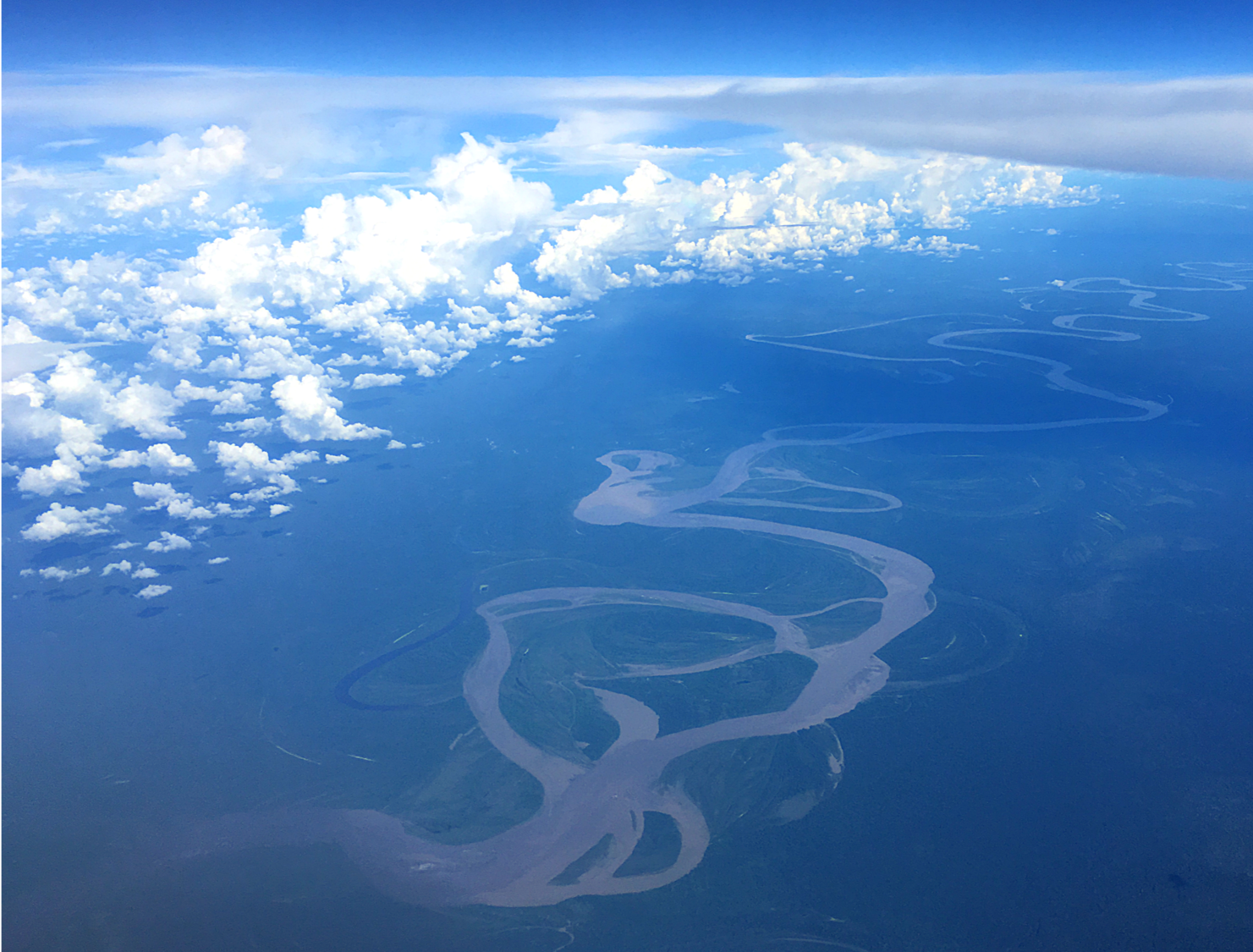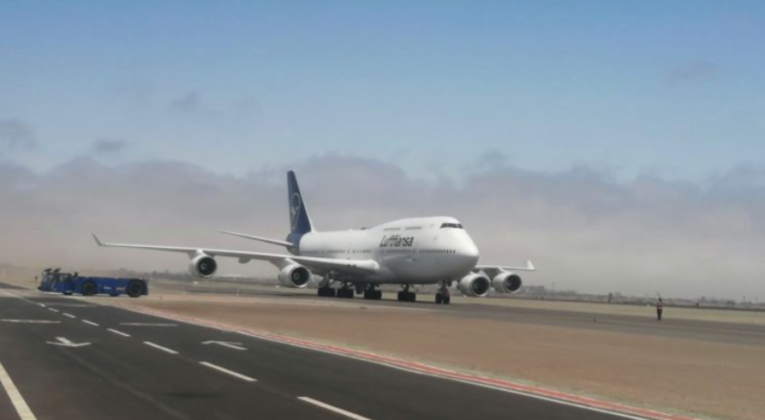Some links to products and partners on this website will earn an affiliate commission.
With many people across the world currently still struggling to find a way home, our friends and colleagues over at InsideFlyer Germany have been working with Lufthansa to provide a ‘behind the scenes’ look at how rescue flights really work:
Overview
Since March 13, the Lufthansa Group airlines have flown more than 70,000 holidaymakers back to their home countries of Germany, Austria, Switzerland and Belgium on around 360 special flights from 77 airports on all five continents. This includes flights to very distant destinations such as New Zealand. Austrian Airlines in turn carried out the longest flight in the history of the airline as part of the repatriation campaign and flew non-stop from Vienna to Sydney . Around 55 other flights are already being prepared. The clients are and were tour operators, cruise lines and the federal government. The clients are responsible for which passengers are to be carried.
Organisation of repatriation flights at Lufthansa
As soon as a request from the Federal Foreign Office for a rescue flight arrives, work begins in the Lufthansa Special Flight Task Force. In order to create the basic requirements for the implementation of such a flight, close cooperation between different departments is necessary. Organisational steps would normally take weeks or even months, but the task force has to react within hours.
As soon as all organisational challenges have been clarified internally, Lufthansa will give feedback to the Federal Foreign Office. Only then is the order finally awarded and implementation is initiated. The time or duration from receipt of the request to the time the aircraft leaves Frankfurt or Munich can vary greatly. Gabriela Ahrens, Senior Director Leisure Sales Home Markets and member of the Task Force, reports on the biggest hurdles when planning such rescue flights:
“Obtaining permits such as route rights, landing rights and for the crew layover is currently the biggest challenge due to the special geopolitical situation. Depending on the destination and corona development, the conditions here sometimes change daily to hourly”.
Cooperation with the local embassies is designed to help things run smoothly throughout the entire process.
In contrast to regular Lufthansa flights, no Business Class tickets are sold on the rescue flights, but the seats are occupied. The Federal Foreign Office or the embassies on site decide on the final allocation of seats.
Process and mood of a rescue flight
Valerio Vacca is a flight attendant at Lufthansa and only recently accompanied one of the rescue flights from Lima at the end of March. We asked him a few questions about the procedures of such a flight, the special features on board and more.

The rescue flights are a little different than a regular flight. What is the process of such a flight for you as a crew member?
On our rescue flight we travelled out on March 25th to Lima. The purser and cockpit team flew “On Duty” and the rest of the crew “Dead Head”, ie as a passenger. We had around 24 hours in Lima itself. Lima is a special route for Lufthansa – it is not somewhere we normally fly. Lima Airport had been closed for a few days to curb scheduled air traffic during the Corona Pandemic. Our aircraft, a Boeing 747-400 with the registration D-ABVM, was towed to the military area of the airport after landing, where the ground handling also took place. For this reason, five ground colleagues from Frankfurt also flew, who made many things possible through their work in Lima. The passengers waited in small groups and at small provisional stands for check-in and boarding.
What was your stay in Lima like?
The flight route to Lima was already something special. At Lufthansa we currently have no route that leads over the Amazon and the Andes. To be able to see both from the air is very impressive. The stay itself was short but very memorable. I had never been to Peru before, but due to the current situation I could not discover the country like I would during a normal layover. The Peruvians I met at the airport and in the hotel were very helpful. At the same time, they were worried about their country. Nevertheless, Lima is an inviting city and Peru is a country that I would like to get to know better in the future.
What was the atmosphere on board like on the way back to Frankfurt?
You could literally feel that all passengers had the same goal: to get back home. It was a very relaxed atmosphere as soon as the 747 was in the air. Despite the protective masks, the faces of the passengers showed that they were relieved. The passengers clapped in unison and with joy when they heard the announcement “Welcome aboard our Lufthansa flight from Lima to Frankfurt today”.
Many passengers had travelled to Lima from other cities in Peru or even from other countries in South America in order to make the flight. They had had a long, sometimes difficult journey. The passengers showed great gratitude to the crew. We were very happy to be able to accompany the passengers on this special flight and felt that we had done something good.
Did you hear some individual stories from the passengers? If so, what do you remember most?
Yes, a German family that we flew home was very grateful. They had visited family members in Peru and then got stuck there. It was nice to see how happy they were to be able to go home.
Is the service on board different from regular scheduled flights?
The service was adapted to the current special circumstances – plenty of meals and drinks were loaded, which were served in a large service.
How do you currently protect yourself on board?
Professional protective masks and disposable gloves are provided by Lufthansa. The disinfectants for the hands and surfaces that are loaded on the plane are also very important. At this point, as always with us on board, you work in a team. You look at each other and remind each other to wash your hands frequently and thoroughly.
What will you always remember from this experience?
I really appreciated the opportunity to help the many travellers. It became even clearer to me that we are stronger together. The cooperation of the ground colleagues from Frankfurt and Lima with us, the flying staff, was excellent. The German embassy staff on site were great too – they were present at the airport and did a lot for the rescue flights in cooperation with the Federal Foreign Office and Lufthansa.
Three key words, which also fit in the context of the wider COVID-19 situation, will accompany me more strongly after this: gratitude, solidarity and cooperation.
Photos: (c) Lufthansa




Leave a Reply